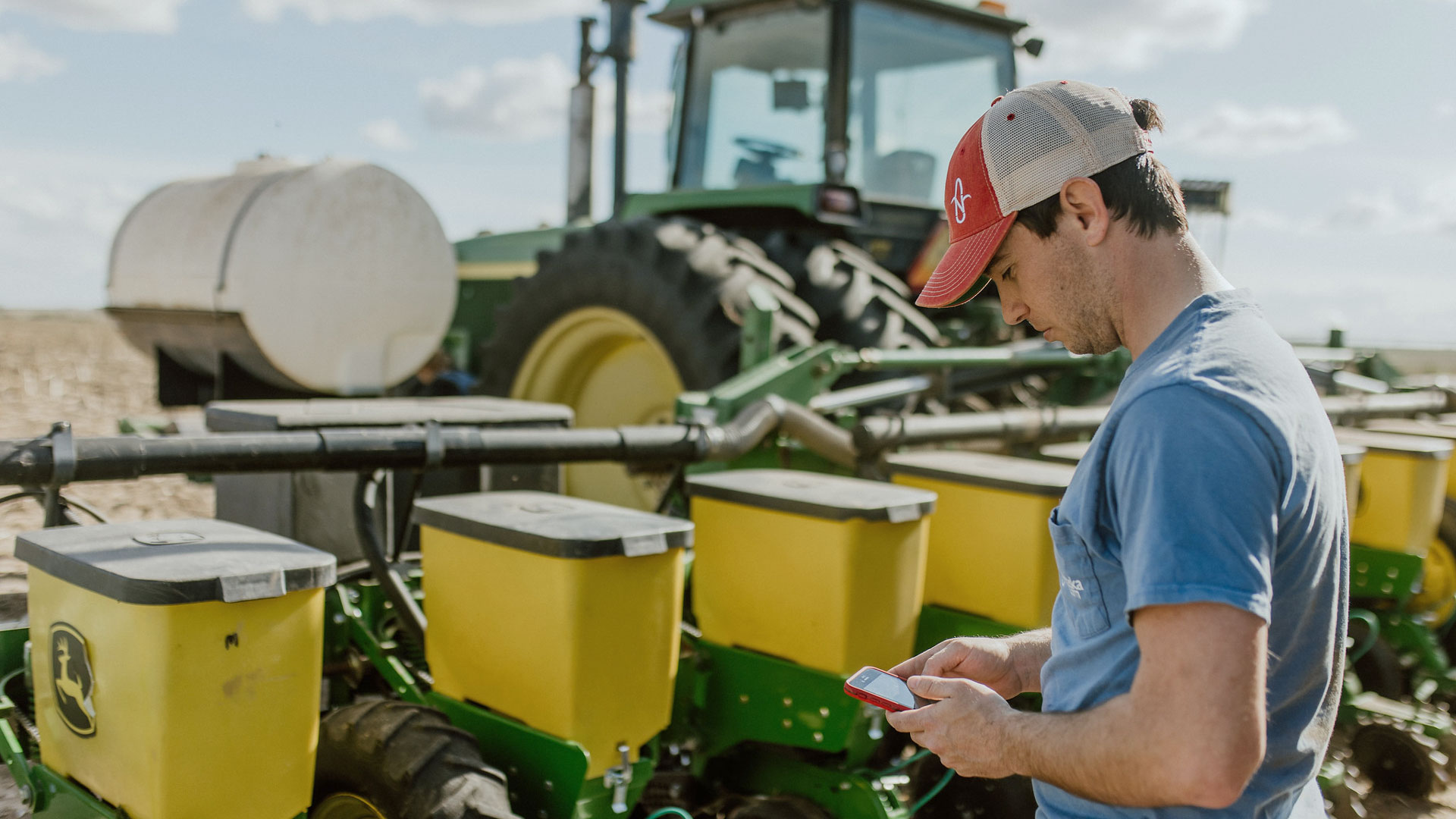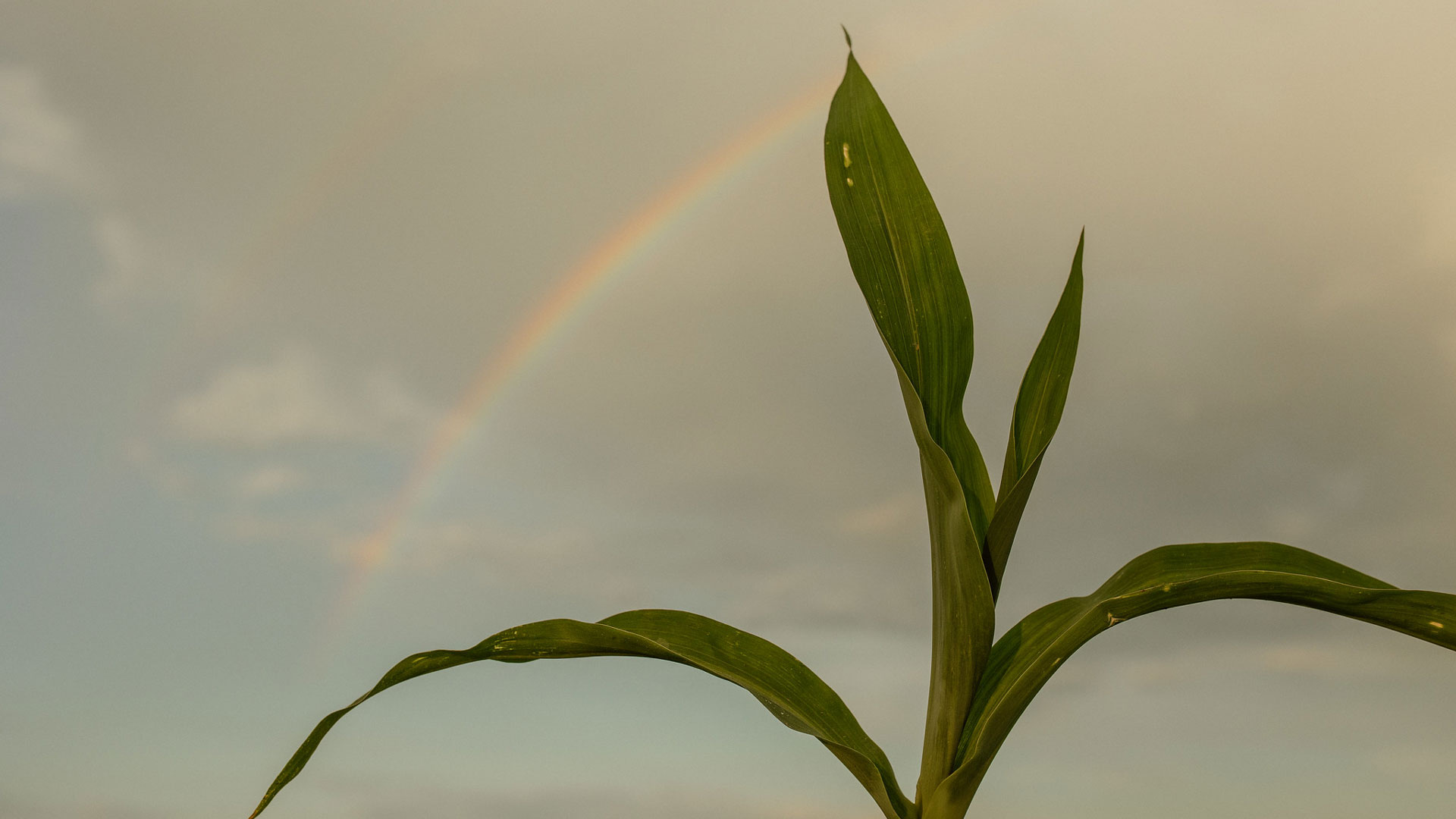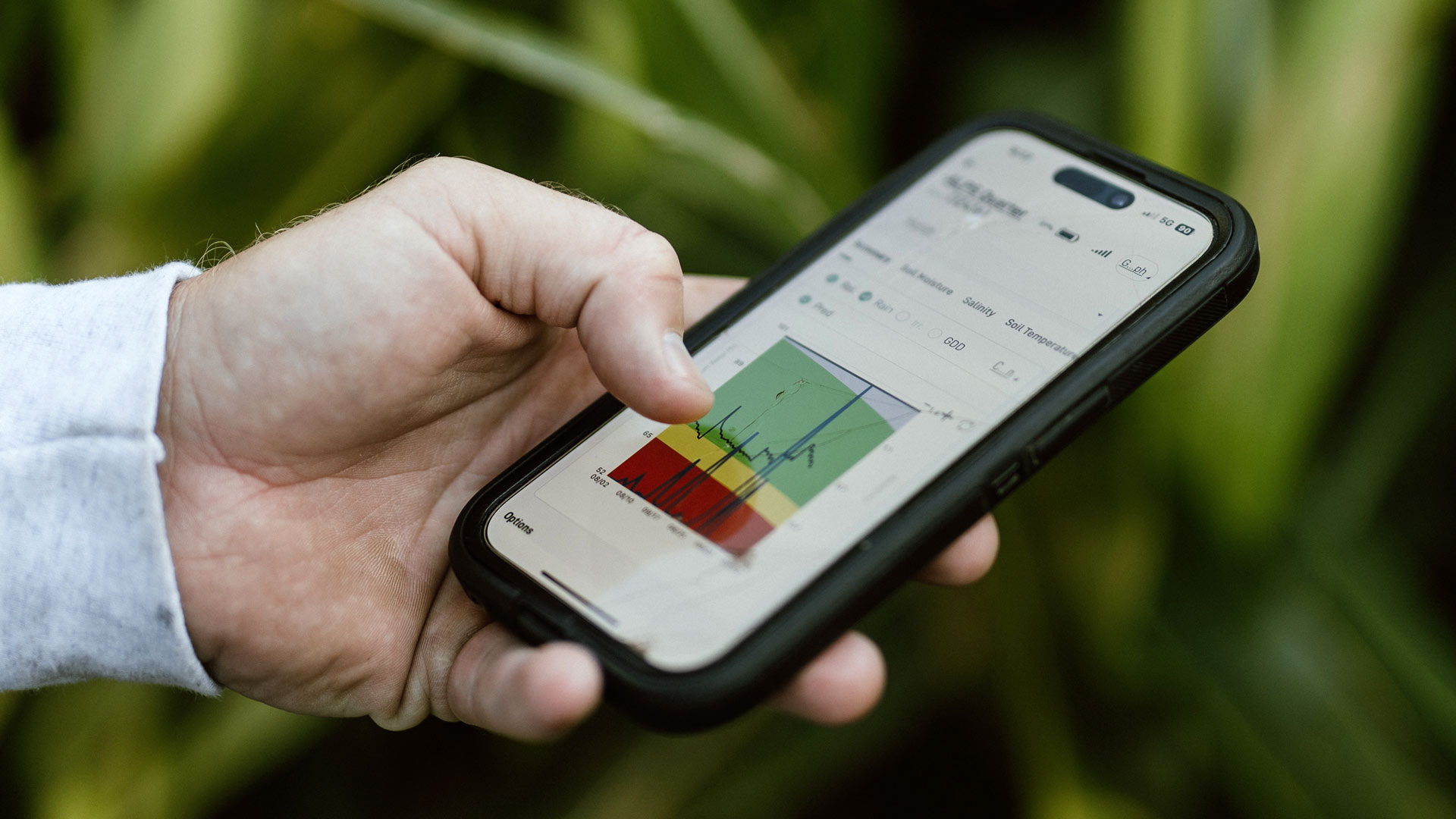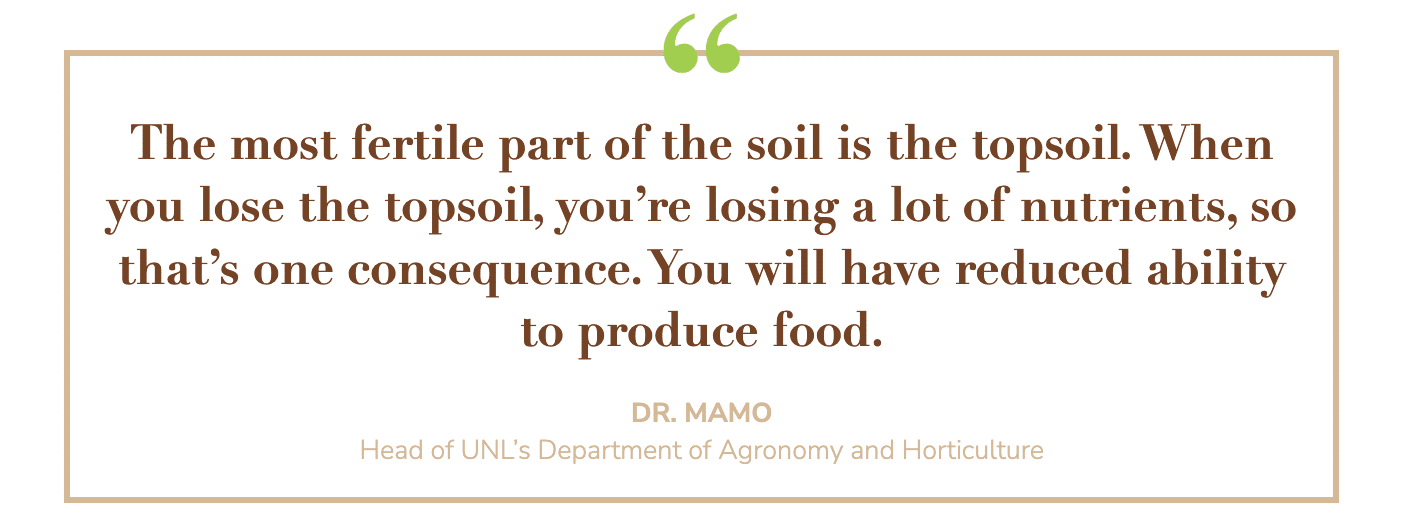
The composition and depth of soil varies greatly with geography. For example, Nebraska’s topography changes drastically from east to west, but there are many areas throughout the state in which the soil would be considered “highly erodible.”
In the Sandhills region, well-developed topsoil only reaches a few inches beneath our feet.
“If you lose that,” said Dr. Shapiro, “then you’re basically going to be growing corn in the sandbox.”
By contrast, the developed topsoil in eastern Nebraska reaches much further below the surface. A couple inches of erosion won’t result in negative effects – not right away, at least.
Dr. Shapiro compared soil erosion in more developed areas to jumping off a 20-story building.
“As you go by, the guy on the tenth floor says, ‘How’s it going?’ and you say, ‘So far so good,’ you know, you haven’t hit the bottom yet. So over time you will hit the floor, it’s just going to take awhile.”
Efforts to conserve topsoil have evolved greatly since the Dust Bowl. A century ago, many farmers implemented tillage practices, but bare soil is vulnerable to erosion through wind and precipitation.
“I want to emphasize that conservation is a long-term commitment,” Dr. Mamo said.
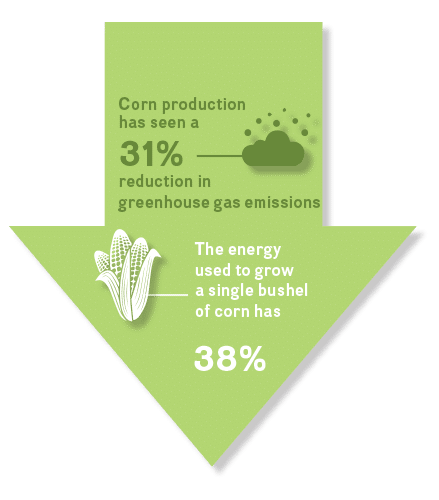
One way farmers protect the soil structure in their fields is through terraces. Terraces help prevent erosion by shortening a long or steep slope into a series of shorter, more level steps. Terraces retain water instead of allowing it to run off, taking the soil with it.
Dr. Mamo also stressed the importance of reducing trips with trucks, tractors and other heavy machinery across the soil – also known as field traffic.
“Traffic increases the probability of compaction,” she said. Compacted soil does not soak in rainwater well – which can lead to a higher risk of flooding and erosion.
Besides reducing tillage, modern farmers are also investing in advanced machinery with larger wheels to improve weight distribution and lower the impact on soil in their fields. Additionally, GPS technologies allow farmers to be much more precise in their work, reducing overall traffic through fields.
Dr. Mamo emphasized that “soil health” could mean hundreds of things; however, to the men and women charged with feeding the world, soil health means building and protecting biological diversity to grow healthy, high-yielding crops.
“Farmers depend on the land,” Dr. Mamo said. “Any practice that reduces the productivity level of that land is going to affect their livelihood.”
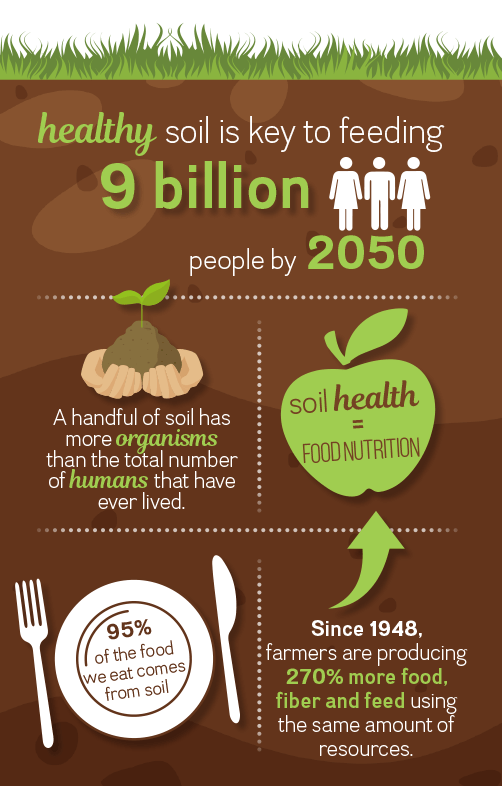
Related Posts
A Field of Opportunity: U.S. Carbon Markets Explained
Agricultural carbon markets are a way for corn farmers to combat climate change while potentially unlocking new revenue streams. These markets allow farmers to earn carbon credits using climate-friendly sustainable farming methods—such as no-till [...]

